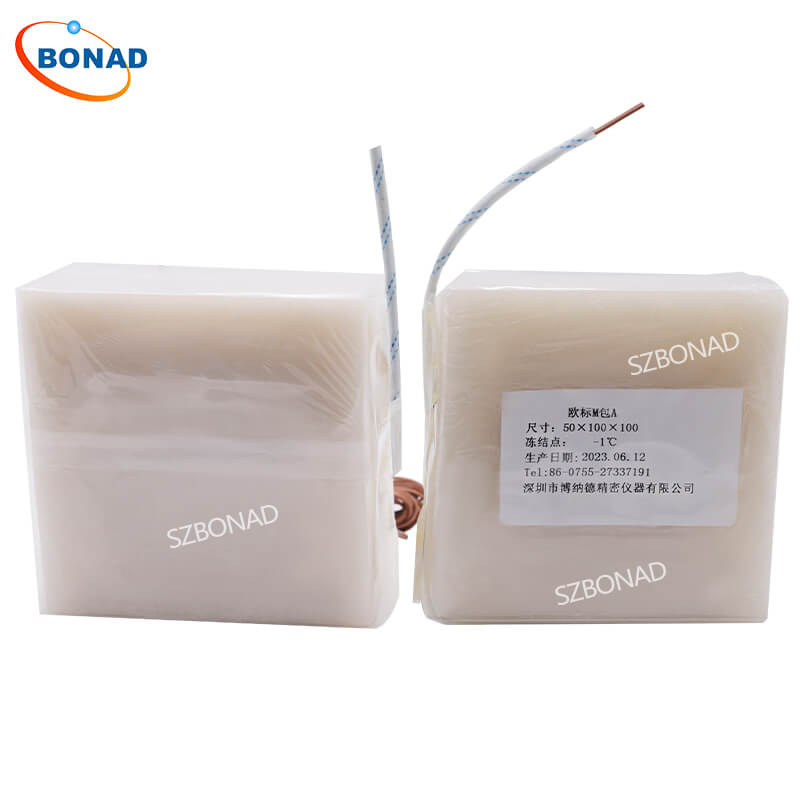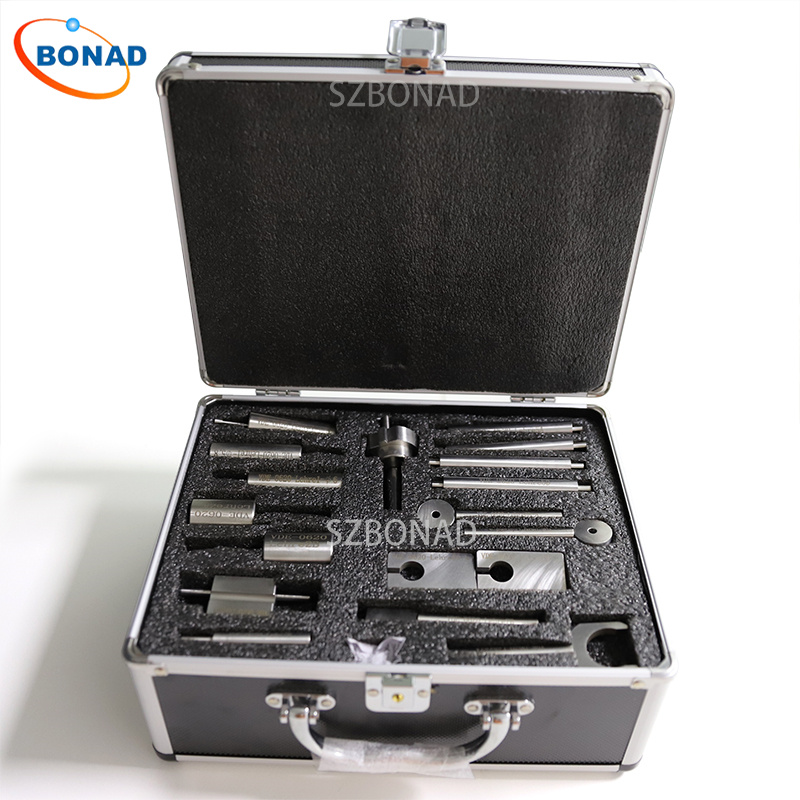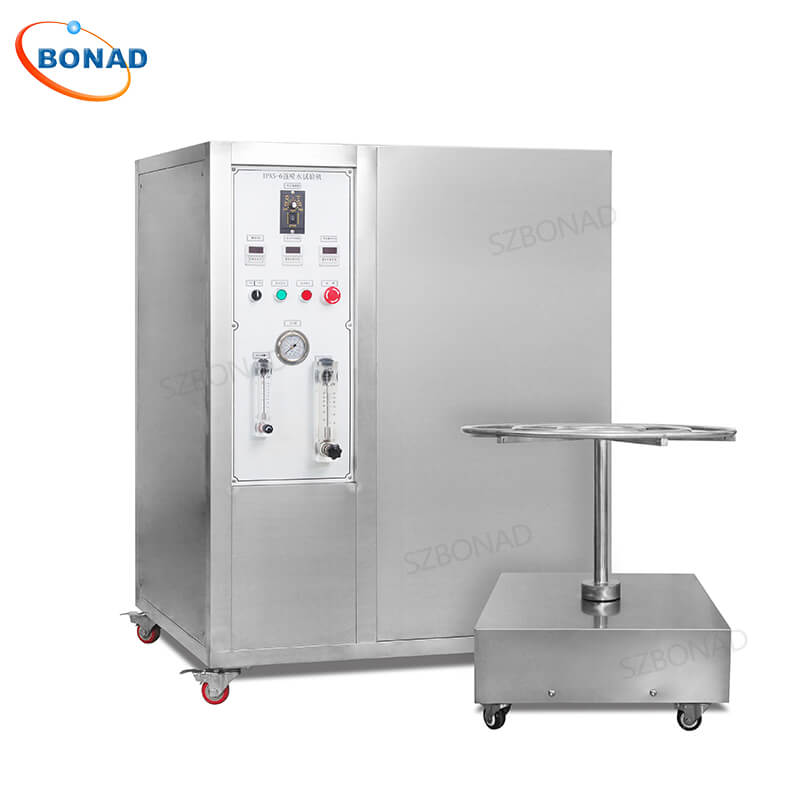Temperature validation packaging testing is critical for maintaining product integrity across supply chains. The primary goal is to ensure consistency, especially for products requiring strict temperature tolerances. Failure to maintain these conditions can compromise safety and efficacy. While thermal validation processes are complex, expert knowledge simplifies compliance with industry standards.
Understanding Cold Chain Testing
Thermal testing often relates to cold chain packaging, reflecting the journey products undergo—from manufacturing or harvesting through distribution, warehousing, and final delivery. Any disruption in this process can have catastrophic consequences.
Types of Packages Tested
Thermal validation can target single units, multiple packages, or entire pallets and containers. For larger quantities, temperature mapping identifies potential defects. External units are more exposed to ambient conditions, while central units may become too cold due to overpacking. Mapping with data loggers and thermocouple systems helps pinpoint vulnerabilities.
Industries Requiring Temperature Validation
While all industries may need thermal validation, some rely on it heavily:
- Food Industry: Frozen food packaging tests expose products to controlled chambers simulating heat, humidity, and solar radiation.
- Pharmaceuticals: Drug and vaccine packaging must avoid both overheating and excessive cooling, which can cause separation or failure.
Introducing the IEC 62552 Test Package for Freezing Load Testing
SZBONAD’s BND-RT01 test package, compliant with IEC 62552 standards, provides a comprehensive solution for evaluating refrigerator freezing capabilities. Designed for frozen food storage and ice greenhouse performance testing, it simulates frozen food load capacity to ensure optimal appliance performance.
Key Features:
- Compatible with lean beef thermal characteristics (freezing point: -1°C) or alternative compositions (freezing point: -5°C).
- Constructed with moisture-resistant laminated sheets to prevent evaporation.
- Rectangular parallelepiped design with precise dimensions and mass tolerances.
Best Practices for Testing
- Store packages at or below -18°C for long-term use.
- Thaw naturally at room temperature—avoid microwaves or electromagnetic ovens.
- Freeze in batches to prevent deformation and ensure uniformity.
- Inspect seals regularly; discard damaged packages to maintain test accuracy.
Improving Cold Chain Packaging
Enhance performance with insulated containers, refrigerated trucks, and temperature-controlled warehouses. Continuous data collection across seasons and shipping routes helps identify root causes of failures and refine processes.

Conclusion
Temperature validation packaging testing safeguards products in transit. By leveraging tools like the IEC 62552 test package and adhering to thermal mapping protocols, industries can achieve compliance, mitigate risks, and ensure reliability from production to end-user delivery.


